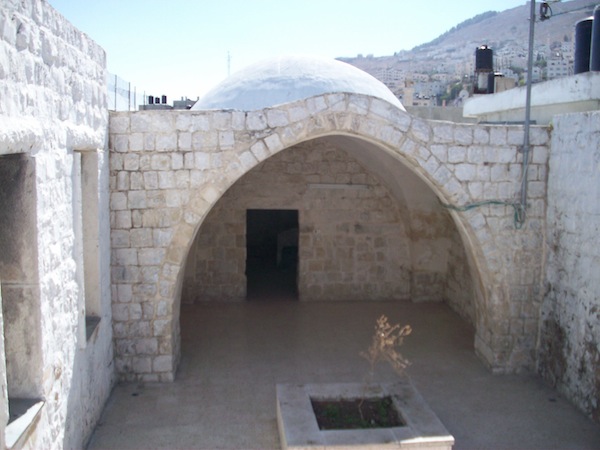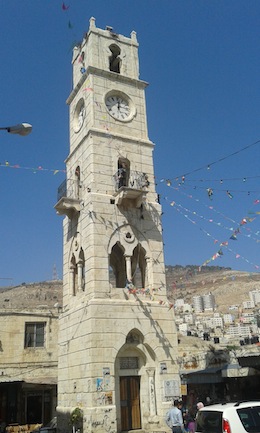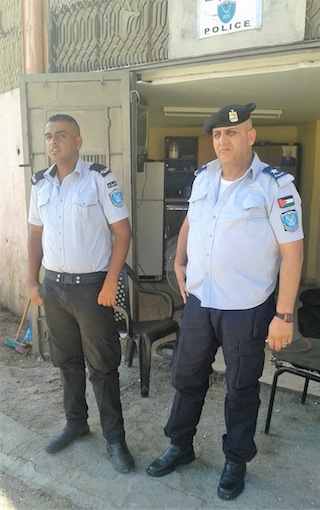Shabbat, Nov. 2
Noach, Genesis 6:9-11:32
Haftarah, Isaiah 54:1-55:5
W.C. Fields said, “Never work with animals or children, [they steal the spotlight].” Though no one ever accused him of being a Torah scholar, his insight was certainly applicable to last week’s Torah portion.
Parashat Noach, the second portion in the Book of Genesis (and my bar mitzvah portion) is perhaps the most universally known and, at least by children, most adored portion in the entire Torah. This is in part, no doubt, because it has not one animal, but all animals – and they come in pairs! So beloved and recognizable is this Torah portion that we tend to forget that there is more to it than the animals coming on the ark, two by two, the dove sent to find dry land, the rainbow, and our ancient ship builder, Noah. Tucked in at the end of the portion that bears his name is a small, poignant story about how the people (Noah’s descendants) focused their energies after the waters and fear receded, and they were once again on dry land.
We are told: “All the earth had the same language and the same words … they came upon a valley in the land of Shinar and settled there…. Then they said, ‘Come, let us build a city with a tower that reaches the sky, so that we can make a name for ourselves and not be scattered over all the earth!’” (Genesis 11:1-:4)
A midrash explains: “Many, many years passed in building the tower. It reached so great a height that it took a year to mount to the top. A brick was, therefore, more precious in the sight of the builders than a human being. If a man fell down and met his death, none took notice of it: but, if a brick dropped, they wept, because it would take a year to replace it. So intent were they upon accomplishing their purpose that they would not permit a pregnant woman to interrupt herself in her work of brick-making when she went into labour. Molding bricks, she gave birth to her child and, tying it round her body in a sheet, she went on molding bricks.” (“Yashar Noah,” in Louis Ginzberg, The Legends of the Jews, 1909)
How do you measure your day? I once asked my friend who is a bricklayer this question, and he explained that the universal standard for a good day of bricklaying is 1,000 bricks day. It got me thinking, what would my 1,000-brick-day look like? What is my universal standard for a successful day?
As a parent, I could say it’s getting all the kids washed, fed, off to school and then to soccer or hockey, and back home again. Then it’s getting them to do their homework, brush their teeth and get to bed at a reasonable hour.
As a working adult, I could say it’s getting to work on time and responding to all my emails and messages – the modern-day equivalent of bricks. Then it’s meeting with constituents, handling synagogue programs and business, and getting home in time for dinner with my family.
What makes those days good days is not the quantity of work I do or the number of interactions I have, it’s the quality. The bricklayer, if reasonably competent at his task, can be irritable, antisocial, half asleep and day dreaming as he lays each brick. He can take his anger out on the bricks; he can curse at the bricks as he shleps them up the wall. He can listen to music, talk on his cellphone; it doesn’t matter. As long as the wall is solid at the end of his day and it contains 1,000 new bricks, it’s a good day of bricklaying.
But people are not bricks: we can’t take out our anger on people without consequence. We can’t ignore them or tune them out if the purpose of our day is to interact with them with care, compassion and attention. The great sin of the Tower of Babel’s builders was that they treated people like bricks and bricks like people. They wasted the one thing that set them apart from machines, which, had they existed in ancient times, could have helped build the Tower even better – they neglected their own humanity. When the bricks of our life become more important than the people in it, we, too, build a tower that is an affront to the purpose of our creation.
The midrash continues that, after God confounded the people’s language and scattered the people throughout the globe, the tower
remained: “a part sank into the earth and another part was consumed by fire; only one-third of it remained standing. The place of the tower has never lost its peculiar quality. Whoever passes it forgets all he knows.” (ibid., Ginzberg)
When we treat people like bricks, we forget what we know about ourselves and about others. We forget that the measure of our day is not how many bricks we lay, how many emails we answer, how many lunches we pack, how many children we shlep: the measure of our day is whether each person we touch, including ourselves, feels valued as a person, a blessing and a gift from God in our lives – not a brick.
Rabbi Dan Moskovitz is senior rabbi at Temple Sholom and author of The Men’s Seder (MRJ Publishing). He is also chair of the Reform Rabbis of Canada. His writing and perspective on Judaism appear in major print and digital media internationally. This article originally appeared on reformjudaism.org.








